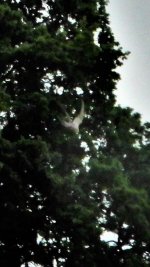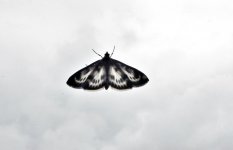upstarts1979
Well-known member
The best I could do for little brown birds.
Whilst looking for them I found this sad character in the grass nearby. In a state of shock. Don't know what "got" it or whether it will survive.
On a lighter note at The Moors - those LBBG's again. Well actually - the walnut. Yes that appears to be a walnut and despite all the comings and goings there it stayed!!
Phil E
The wood pigeon has literally had a close shave..sparrowhawk but more likely a peregrine attack







